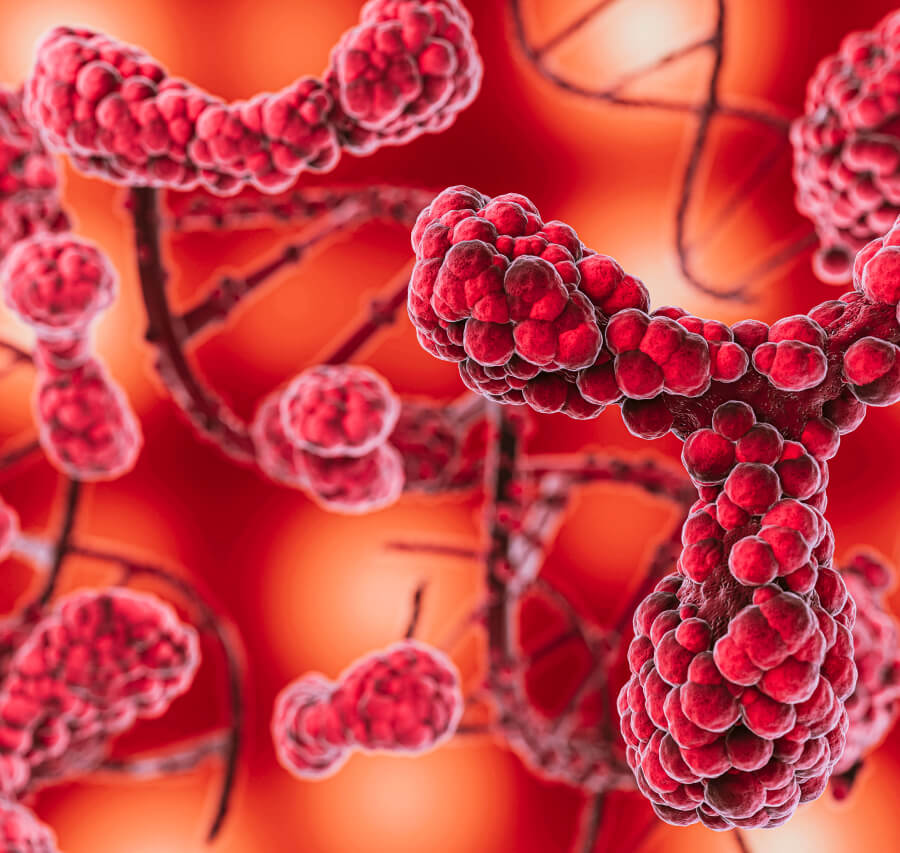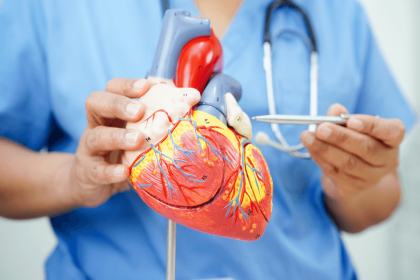Your blood vessels function are essential for your health and survival, as they deliver oxygen and nutrients to your organs and tissues, and remove waste products and carbon dioxide.
Imagine that you are a traveler on a journey through a vast and complex network of roads, highways, bridges, and tunnels. Along the way, you encounter different types of vehicles, traffic signs, and landmarks. You also see various destinations, such as cities, towns, villages, and farms. Each destination has its own unique features, needs, and challenges.
Now, imagine that this network is not on the surface of the Earth, but inside your body. And you are not a traveler, but a drop of blood. This is the amazing world of blood vessels, the channels that carry blood throughout your body. The Blood vessels Function also play a role in regulating your body temperature, blood pressure, and immune response.
In this blog post, we will explore the function, types, anatomy, and conditions of blood vessels. We will learn how blood vessels work, how they differ from each other, how they are structured, and how they can be affected by various diseases and disorders. We will also learn some fascinating facts and trivia about your blood vessels function, such as how long they are, how fast blood flows through them, and how they can grow new branches. So, buckle up and get ready for an exciting and informative ride through the blood vessels function of your body. Let’s begin!
What are blood vessels?
Blood vessels are channels that carry blood in your body.
They form a closed loop, like a circuit, that begins and ends at your heart.
Together, the heart, blood vessels, and blood form your circulatory system.
There are three types of blood vessels:
1- Arteries carry blood away from your heart.
They are strong and muscular, and can handle a lot of pressure from your blood flow.
2- Veins carry blood back to your heart.
They are thinner and less elastic than arteries, and have valves that prevent blood from flowing backward.
3- Capillaries are the smallest blood vessels.
They connect arteries and veins, and allow oxygen, nutrients, carbon dioxide, and waste products to pass through their thin walls.
Your body contains about 60,000 miles of blood vessels, enough to wrap around the Earth more than twice1!
How does blood flow through your body?
Here are how blood flows through your body:
Veins bring blood to the right side of your heart.
This blood is low in oxygen and high in carbon dioxide.
Pulmonary arteries carry the blood to your lungs, where it receives oxygen and releases carbon dioxide.
Pulmonary veins move the oxygen-rich blood to the left side of your heart.
The aorta, the main artery in your body, carries the blood from the left side of your heart to the rest of your body through many branches of arteries.
Capillaries have thin walls that allow oxygen and nutrients from the blood to get into organs and tissues.
The capillaries also take waste products and carbon dioxide away from your tissues.
Veins then carry the blood back to your heart, and the process begins again.
What is the function of blood vessels?
The blood vessels function is to deliver blood to the organs and tissues in your body.
The blood supplies them with the oxygen and nutrients they need to function.
Blood vessels also carry waste products and carbon dioxide away from your organs and tissues.
Each type of blood vessel function serves a different function:
Arteries:
These blood vessels carry oxygen-rich blood from your heart to your body.
They handle a large amount of force and pressure from your blood flow, but don’t carry a large volume of blood.
At any given time, only about 10% to 15% of your body’s blood is in your arteries.
Arterioles:
Arteries branch into smaller vessels called arterioles.
Both arteries and arterioles are very flexible.
They get bigger or smaller to help maintain your body’s blood pressure.
Blood pressure is the force of blood pushing against the walls of your blood vessels function.
High blood pressure can damage your blood vessels function and increase your risk of heart disease and stroke.
Capillaries:
These tiny blood vessels function have thin walls.
Oxygen and nutrients from the blood can move through the walls and get into organs and tissues.
The capillaries also take waste products and carbon dioxide away from your tissues.
Capillaries are where oxygen and nutrients are exchanged for carbon dioxide and waste.
There are about 10 billion capillaries in your body, and they have a total surface area of about 6,300 square feet!
Venules:
Veins begin as tiny vessels called venules and get gradually larger as they near your heart.
Venules receive blood from capillaries.
Veins carry about 70% of your body’s blood at any given time2.
Veins:
These blood vessels function carry blood back to your heart.
They are thinner and less elastic than arteries, and have valves that prevent blood from flowing backward.
Veins rely on the contraction of your skeletal muscles to help push blood toward your heart.
This is why physical activity is good for your circulation.
What are some conditions and diseases that affect blood vessels Function?
The function and structure of blood vessels function can be affected by a number of different diseases and conditions.
Some examples include:
Inflammation:
This is a normal response of your body to injury or infection.
However, chronic inflammation can damage your blood vessels and lead to atherosclerosis, which is the buildup of fatty deposits in your arterial walls.
Atherosclerosis can narrow or block your arteries and reduce blood flow to your organs and tissues.
This can cause chest pain, heart attack, stroke, or peripheral artery disease.
Hypertension:
This is also known as high blood pressure.
It occurs when the force of blood pushing against the walls of your blood vessels function is too high.
Hypertension can damage your blood vessels function and increase your risk of heart disease and stroke.
Normal blood pressure is less than 120/80 mm Hg. High blood pressure is 140/90 mm Hg or higher.
Aneurysm:
This is a bulge or weakness in the wall of an artery.
An aneurysm can grow larger and rupture, causing bleeding and possibly death.
Aneurysms can occur in any artery, but they are most common in the aorta, the brain, and the legs.
Aneurysms can be caused by high blood pressure, atherosclerosis, trauma, infection, or genetic factors.
Varicose veins:
These are enlarged and twisted veins that are visible under the skin.
They usually occur in the legs, but can also occur in other parts of the body.
Varicose veins can cause pain, swelling, itching, and cosmetic problems.
They can also increase the risk of blood clots and skin ulcers.
Varicose veins are caused by weak or damaged valves in the veins that allow blood to pool and stretch the veins.
How can you take care of your blood vessels?
Your blood vessels function are vital for your health and well-being.
To keep them healthy and functioning properly, you can:
Eat a balanced and nutritious diet
That is low in saturated fat, cholesterol, salt, and added sugars.
Include plenty of fruits, vegetables, whole grains, lean proteins, and healthy fats.
Avoid processed and junk foods that can clog your arteries and raise your blood pressure.
Exercise regularly and maintain a healthy weight.
Physical activity can improve your blood circulation, lower your blood pressure, strengthen your heart, and prevent obesity.
Aim for at least 150 minutes of moderate-intensity aerobic exercise per week, and include some strength training and flexibility exercises as well.
Quit smoking and limit alcohol consumption.
Smoking can damage your blood vessels function and increase your risk of atherosclerosis, heart attack, and stroke.
Alcohol can raise your blood pressure and interfere with your blood clotting.
If you smoke, quit as soon as possible. If you drink alcohol, do so in moderation.
That means no more than one drink per day for women and two drinks per day for men.
Manage your stress and get enough sleep.
Stress can raise your blood pressure and affect your mental and emotional health.
Sleep can lower your blood pressure and help your body heal and repair.
Try to find healthy ways to cope with stress, such as meditation, yoga, hobbies, or talking to someone.
Aim for seven to nine hours of quality sleep every night.
Check your blood pressure and cholesterol levels regularly.
High blood pressure function and high cholesterol can damage your blood vessels and increase your risk of heart disease and stroke.
You can check your blood pressure at home, at a pharmacy, or at a doctor’s office.
You can check your cholesterol levels with a blood test at a doctor’s office or a lab.
Follow your doctor’s advice on how to lower your blood pressure and cholesterol if they are too high.
Conclusion
Blood vessels are the amazing network that keeps you alive.
They carry blood throughout your body, delivering oxygen and nutrients to your organs and tissues, and removing waste products and carbon dioxide.
There are three types of blood vessels: arteries, veins, and capillaries.
Each type of blood vessel has a different structure and function.
Blood vessels can be affected by various diseases and conditions, such as inflammation, hypertension, aneurysm, and varicose veins.
You can take care of your blood vessels by:
- Eating a healthy diet
- Exercising regularly
- Quitting smoking
- Limiting alcohol
- Managing stress
- Getting enough sleep, and checking your blood pressure and cholesterol levels
FAQs
What is the primary function of blood vessels in the human body?
The primary blood vessels function is to transport blood throughout the body, delivering oxygen, nutrients, and hormones to cells while removing waste products.
This intricate network ensures the proper functioning of organs and tissues.
How do the different types of blood vessels contribute to their specific functions?
Arteries carry oxygen-rich blood away from the heart to various tissues and organs.
Veins return oxygen-depleted blood back to the heart, and capillaries facilitate the exchange of gases, nutrients, and waste products at the cellular level.
Ensuring a balanced and efficient circulatory system.
What role does the anatomy of blood vessels play in their overall function?
The anatomy of blood vessels is crucial to their function.
Arteries have thick, elastic walls to withstand the force of blood pumped by the heart, while veins have valves to prevent backflow.
Capillaries, with their thin walls, allow for the exchange of substances between blood and tissues.
Can blood vessel conditions impact their normal functions?
Yes, various conditions such as atherosclerosis, aneurysms, and vasculitis can affect blood vessels function and compromise their functions.
These conditions may lead to reduced blood flow, increased risk of blood clots, and other complications that impact overall cardiovascular health.
How can one support and optimize their blood vessels function?
Maintaining a healthy lifestyle is essential.
This includes regular exercise to promote good circulation, a balanced diet rich in nutrients, and avoiding smoking and excessive alcohol consumption.
Regular health check-ups help monitor and address any potential issues early on.
What are common signs that indicate potential problems with blood vessels function?
Warning signs may include chest pain, shortness of breath, swelling in the legs, persistent headaches, and changes in skin color.
If you experience these symptoms, seeking prompt medical attention is crucial for proper diagnosis and intervention.





